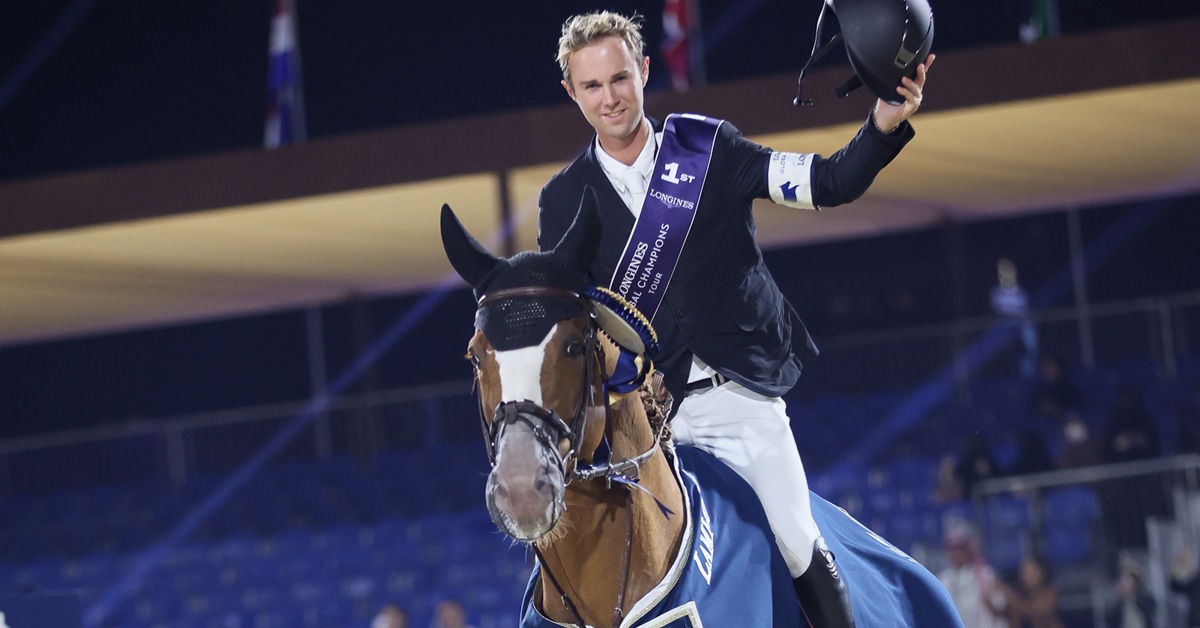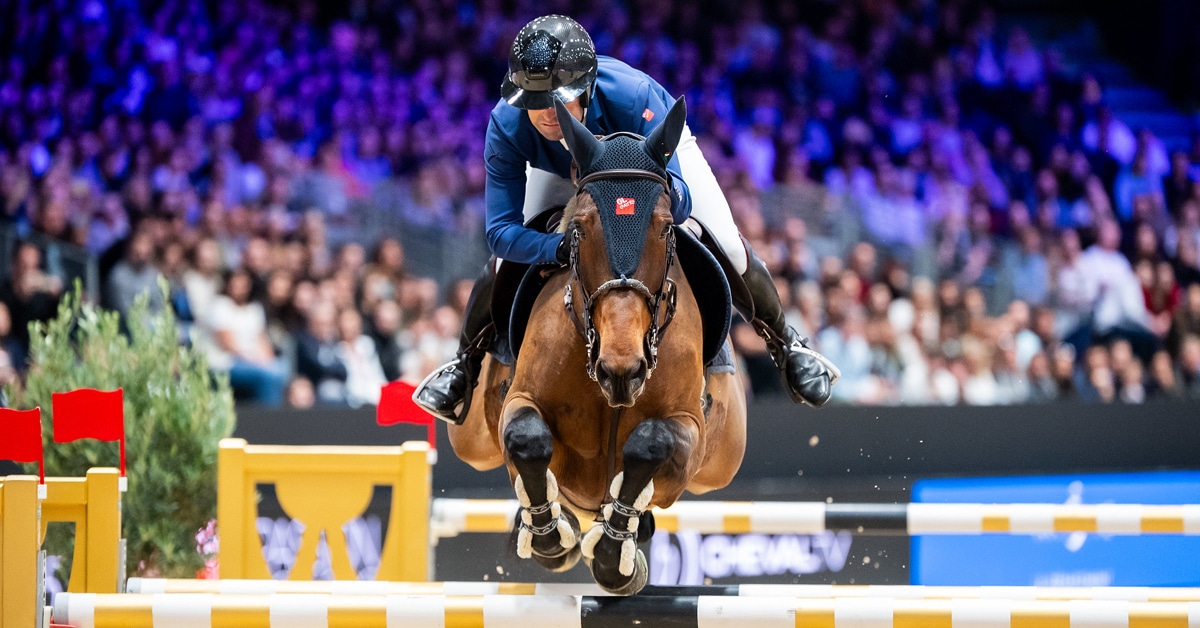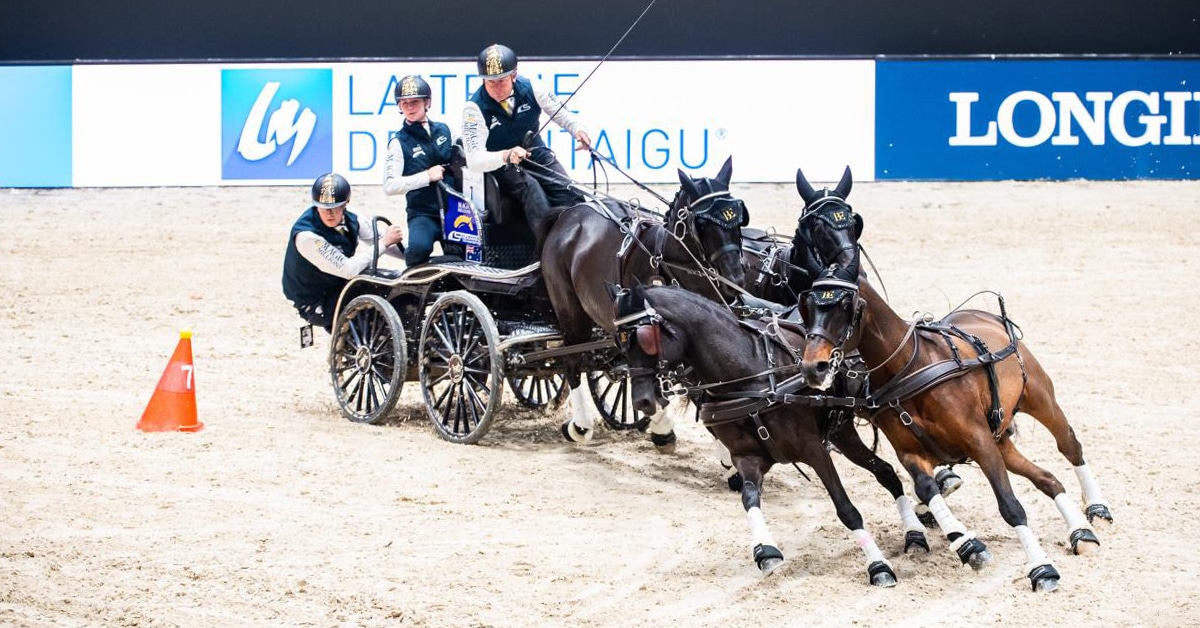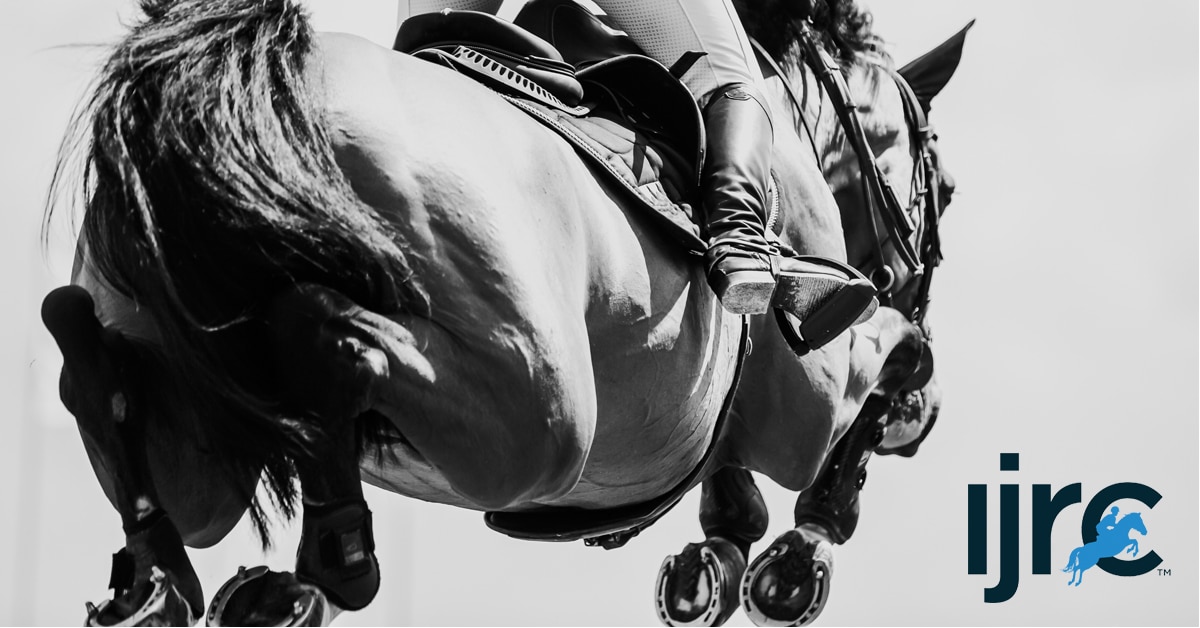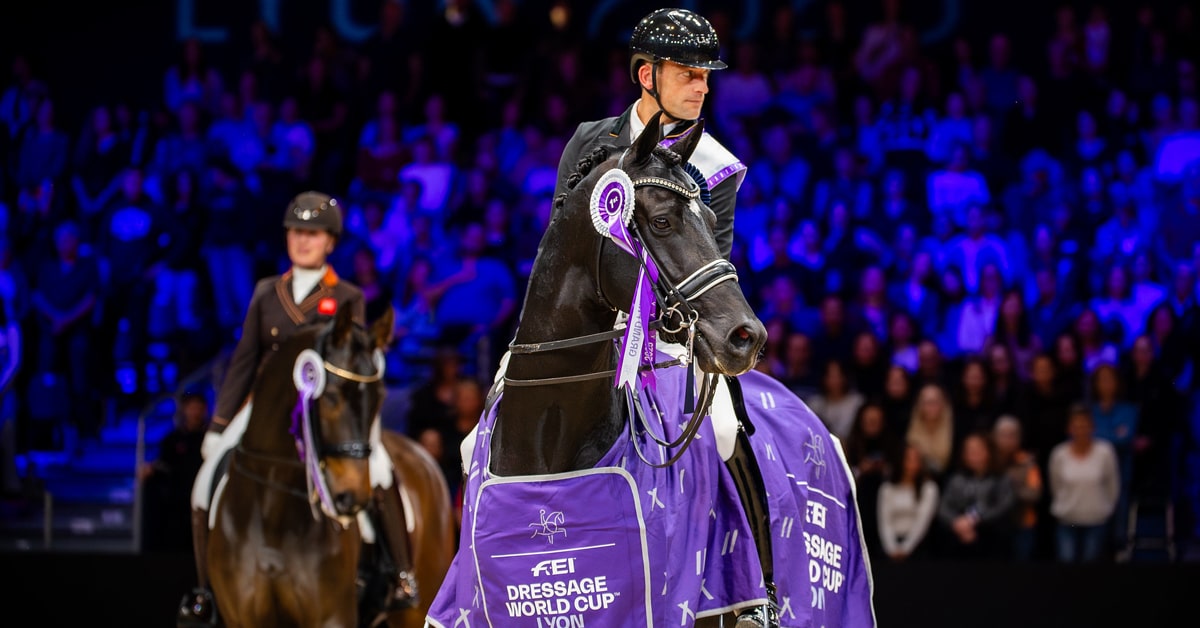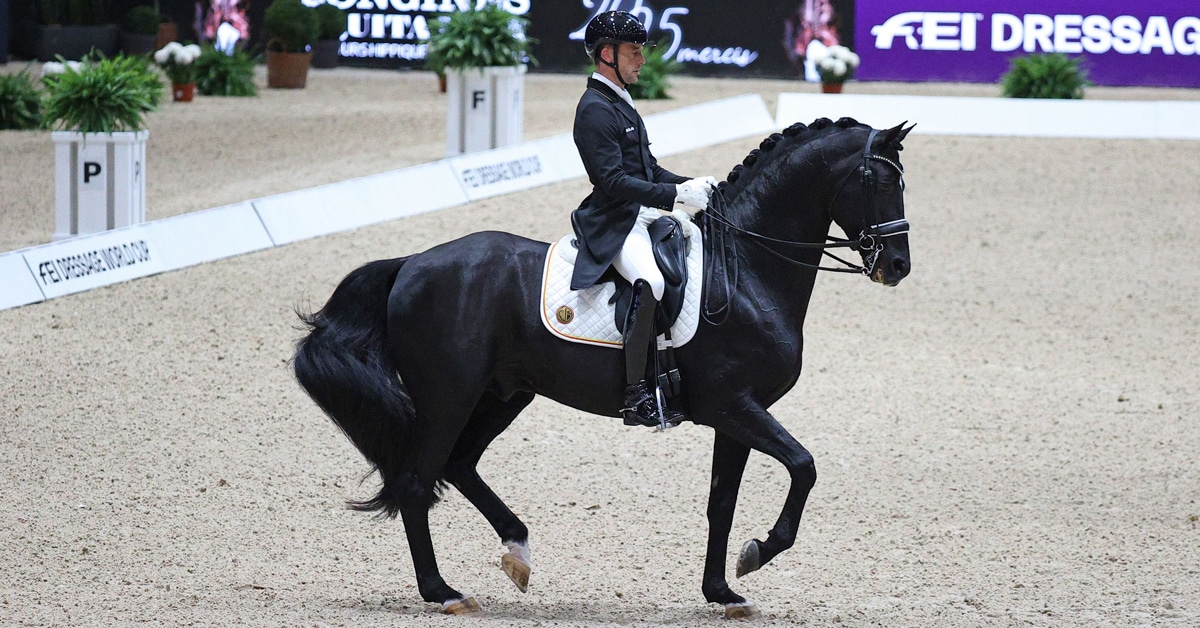Steve Guerdat’s fiancée, French show jumper Fanny Skalli, has been exonerated of any blame for a positive dope test in the latest case to be finalised from a record wait-list of contamination cases at the FEI Tribunal.
Her horse Amitie des Douces was sampled at the CSI2* in Gorla Minore, Italy in March, and tested positive to ergonovine, which has no therapeutic use in horses, being associated with stopping heavy bleeding after childbirth.
The rider proved that this banned, specified substance was present in the manufactured feed Hypona 788 Optimal, which is the principal forage of Amitie des Douces. She fed it three times a day with hay, carrots and oil, with no other supplements. The explanation was endorsed by the manufacturer and deemed plausible by the FEI’s external expert Professor Stuart Paine.
Contamination is a major discussion topic of the International Jumping Riders Club, who have raised concerns that 41 of the cases reported under the FEI’s equine anti-doping and controlled medication programme in the past 18 months have involved naturally occurring contaminants in feedstuff.
Guerdat, the world number one jumping rider, recently spoke openly about the sleepless nights he endured before being vindicated of a poppy seed-related positive himself in 2015.
Miss Skalli, 26, has lived and trained with Guerdat for the two years. She detailed the “extreme precautious procedures [sic]” they have in place at their barn to avoid positive findings.
Her own expert Professor Furst testified: “Different kind of fungi of the genus claviceps produces alkaloids, which then can be found in wheat, barley, oat and triticale given to horses. Among others, ergonovine or also called ergometrine can be found. There is a high probability that an infestation of this fungus occurs in horse’s pastures, causing reduction in the quality and quantity of the grain and hay.
“Horses can be exposed to these mycotoxins by eating contaminated food. The extent of contamination depends on the amount of the contaminated element ingested and on the concentrations of mycotoxins present in the food.”
Also this week, the South African endurance rider Nico-Meyer Le Roux was cleared of any blame for the controlled and specified substances atropine and scopolamine positives returned by his horse Eks Aman at a FEI ride in Bredasdorp last September.
Once again, teff hay is implicated. Le Roux’s other horses were fed hay from their usual supplier, but Eks Aman consumed new hay from a different supplier who was unaware it contained a toxic plant Datura. Le Rous was “compelled” to buy it when supplies ran out during severe drought in the Western Cape, and has since destroyed it.
Both horses remain disqualified from their competitions, but there is no further sanction.
Twenty of the 41 contamination cases at Tribunal have involved synephrine, mostly affected horses from Central America and South Africa where teff hay is widely grown. The first two synephrine cases were resolved earlier the summer, from sampling undertaken at the Carmona CSI** on the Spanish winter tour. The FEI accepted that those riders unwittingly used contaminated hay bought direct from the show organiser.
More News
